 There is growing interest by educators, managers, designers and other professionals in applying the latest thinking in neuroscience to their discipline. They want to know how findings about mirror neuron, brain plasticity, the neurochemistry of emotions, reward circuits and other insights into brain structure and dynamics can help make them better educators, leaders and innovators.
There is growing interest by educators, managers, designers and other professionals in applying the latest thinking in neuroscience to their discipline. They want to know how findings about mirror neuron, brain plasticity, the neurochemistry of emotions, reward circuits and other insights into brain structure and dynamics can help make them better educators, leaders and innovators.
This is good news for cognitive designers. Not only does it create market demand but applying neuroscience requires a good deal of design thinking and informed speculation about psychological-level impacts, two things cognitive designers do for a living.
To see this point in action, check out the excellent post Your Brain at Work. Two respected business scholars look at some of the recent results in neuroscience and what they might mean for organizations and management. Specifically, they discuss creative thinking (innovation), the role of emotions in decision-making, designing rewards that motivate and multitasking.
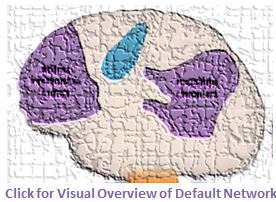 To improve innovation they suggest we need to better understand the brain’s default network. This is a network of brain regions that is at work even when we are not focused on an external task. The default mode appears to be always running and uses up much of the energy our brain consumes. It may be linked to introspection and could account for the seemingly spontaneous generation of useful ideas when we least expect it.
To improve innovation they suggest we need to better understand the brain’s default network. This is a network of brain regions that is at work even when we are not focused on an external task. The default mode appears to be always running and uses up much of the energy our brain consumes. It may be linked to introspection and could account for the seemingly spontaneous generation of useful ideas when we least expect it.
The authors stress that the default network is also essential for “transcendence” or our ability to shut out the external world and mentally simulate or visualize what it would be like to be in a different place or time. All good stuff for improving creativity but how do we take advantage of it?
The authors are quick to point out that the policy some companies have that allow employees to use 10-20% of company time for their own purposes is not necessarily the best way to leverage the default network. This is true because employees will spend this time working on tasks that require engagement with the external world, not the detachment and reduction of external stimuli needed to unleash of the creative power of the default network.
But what to do? Sit and let your mind wander? Meditate? The authors bring this issue to a fine point:
“But embracing detachment as a work policy is difficult, because it’s extremely hard to quantify the results of practicing it (which also may explain why the free-time programs that do exist are bound by parameters like time frame, percentage of time, and delivery deadline). Nevertheless, you should experiment with total detachment, because it’s a better way to generate breakthrough ideas.”
And this is where the cognitive design comes in. What experiments can you suggest? Please explain how they will leverage the default network to enhance creative thinking in a business setting.
Image source: Business person icon was designed by Honnos Bondor from the Noun Project

 Imagine combining brain-computer interface technology, transcranial direct current stimulation, emotion sensors, eye tracking. other physiological sensors and augmented reality gear with interactive game play. What a brew for cognitive designers! Well that’s what you will get at the NeuroGaming conference and expo, May 7 -8 in San Francisco at the Metreon.
Imagine combining brain-computer interface technology, transcranial direct current stimulation, emotion sensors, eye tracking. other physiological sensors and augmented reality gear with interactive game play. What a brew for cognitive designers! Well that’s what you will get at the NeuroGaming conference and expo, May 7 -8 in San Francisco at the Metreon. You will see both medical and consumer grade applications.
You will see both medical and consumer grade applications.


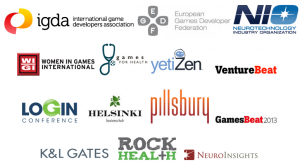
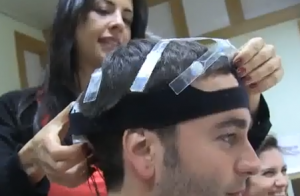
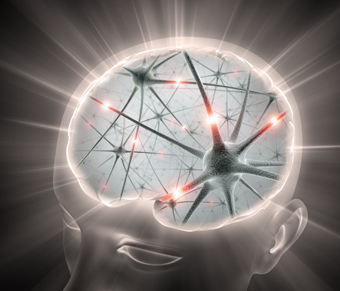


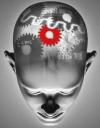

 Image a device, implanted in your brain, that allows you to tune the neurochemistry of motivation to make difficult tasks easy and even immensely enjoyable. That is the idea behind, iPlant, a conceptual design for Human application (10 years out?) but already working in some mammals. The device generates dopamine (reward drug) or a powerful motivator to repeat what you just did such as exercise, avoid eating a cookie (self-regulation), study a difficult passage and so on.
Image a device, implanted in your brain, that allows you to tune the neurochemistry of motivation to make difficult tasks easy and even immensely enjoyable. That is the idea behind, iPlant, a conceptual design for Human application (10 years out?) but already working in some mammals. The device generates dopamine (reward drug) or a powerful motivator to repeat what you just did such as exercise, avoid eating a cookie (self-regulation), study a difficult passage and so on.